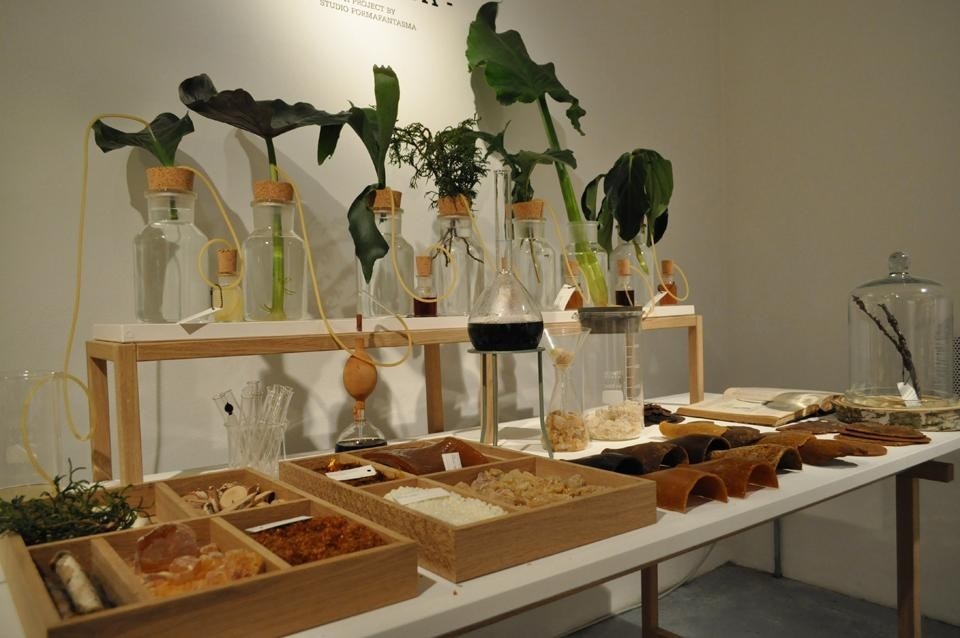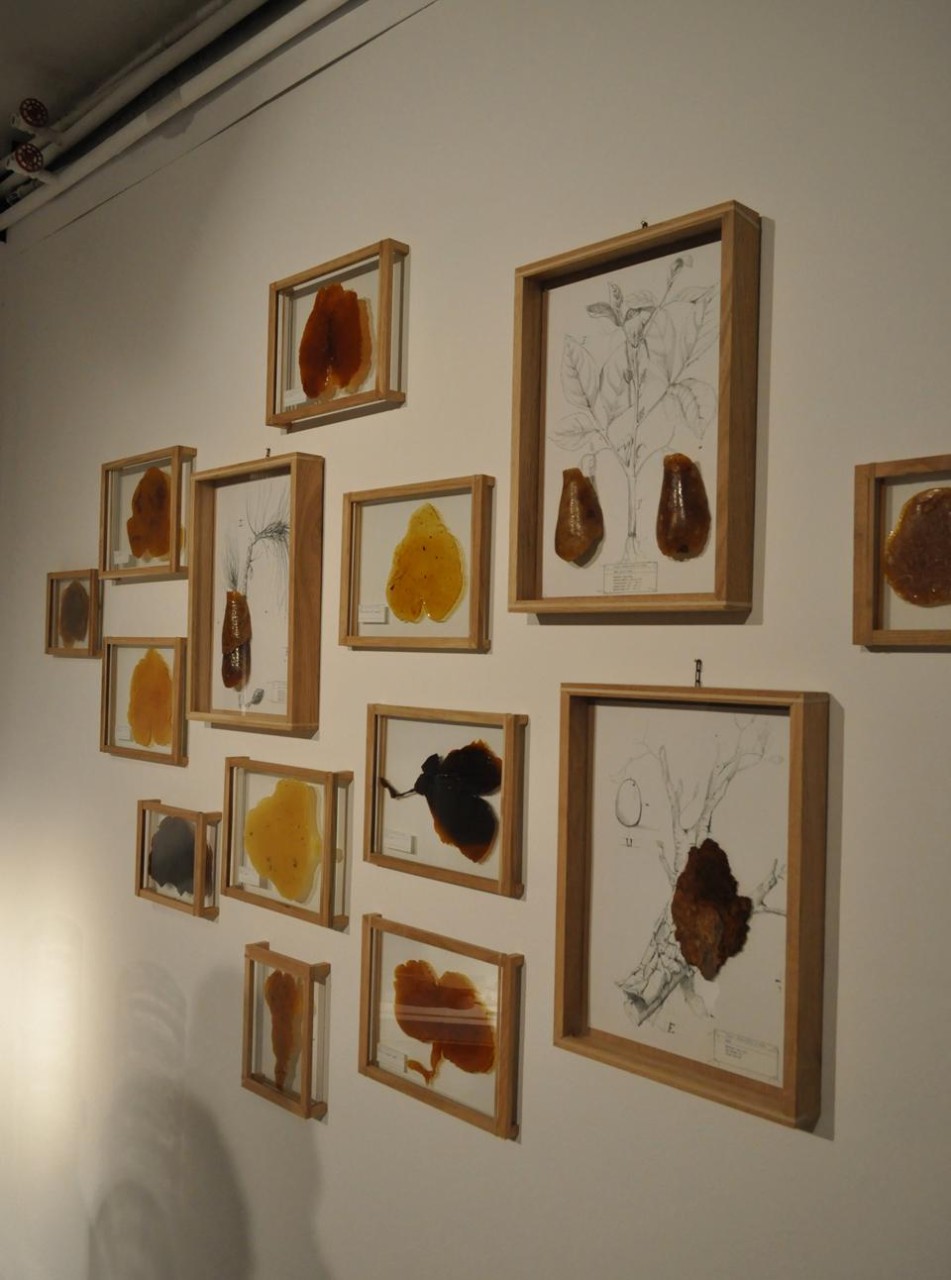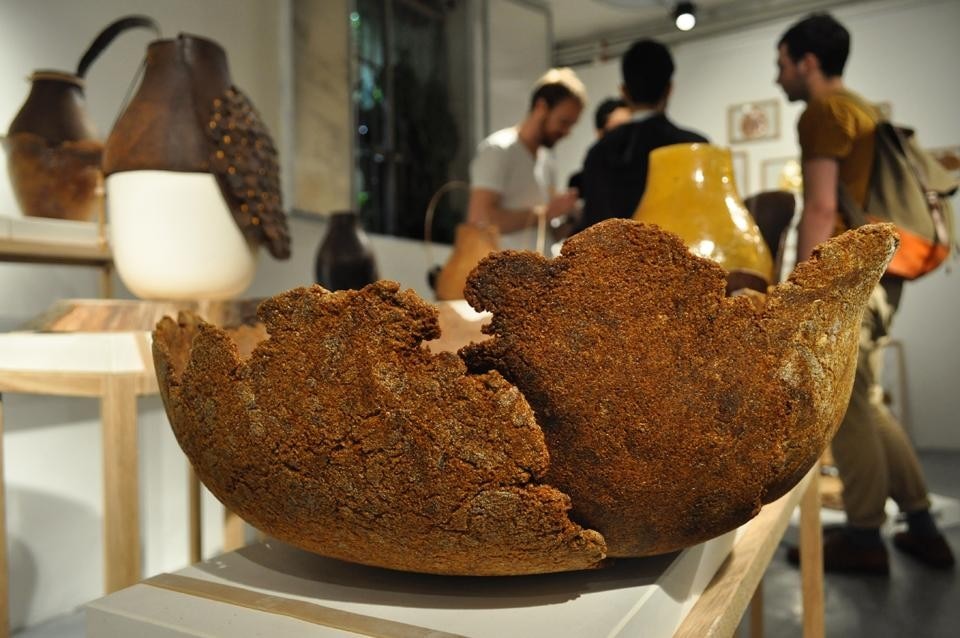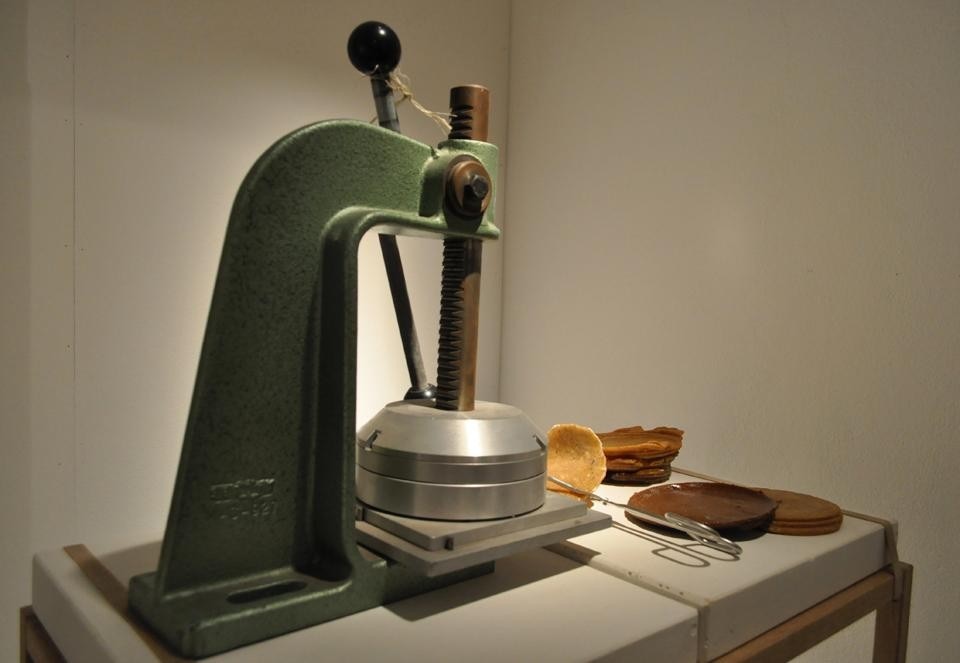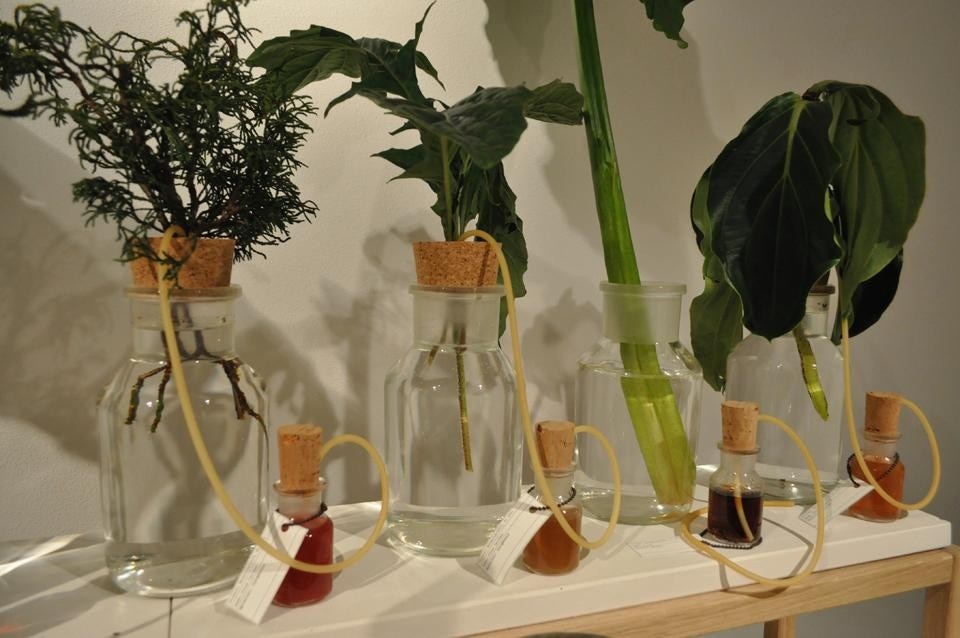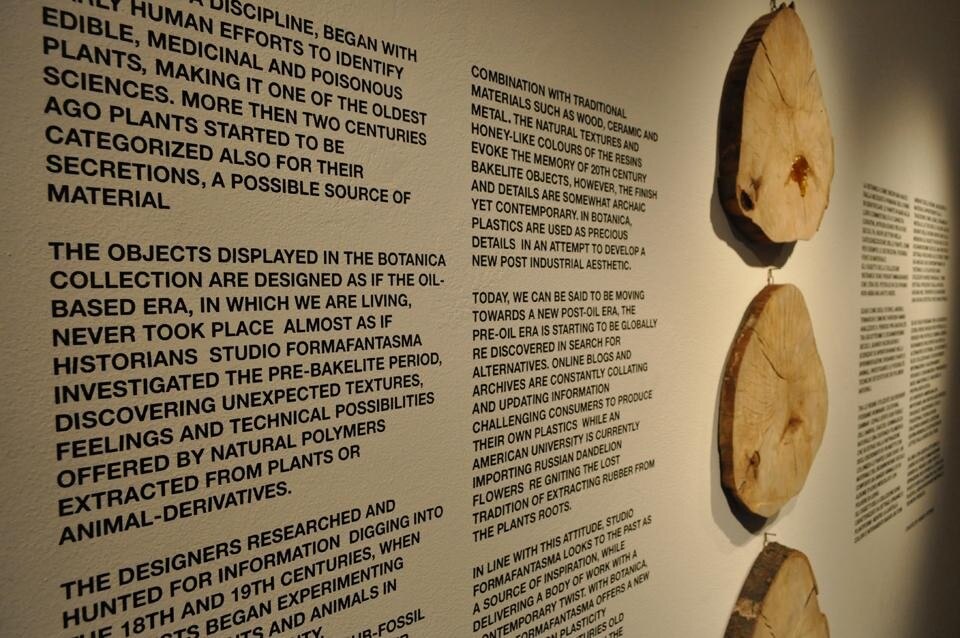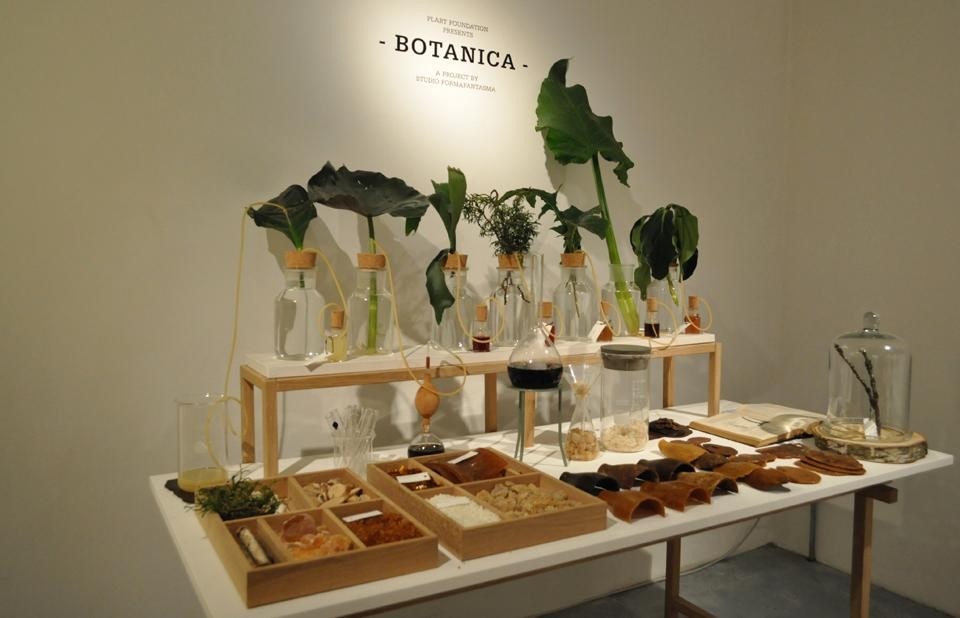The two designers sought out, retrieved and tested in new combinations a number of materials (mainly of vegetable origin) such as rosin, dammar gum, copal (now used by amber forgers), natural rubber, natural shellac (derived from insect excrement) and bois durci, a material made of animal blood (or egg white) mixed with sawdust. All common materials in the 18th and 19th centuries, pre-oil times, they were used to create a sophisticated collection of objects with a specific aim – to change the general perception of plastic. "This is, however, no eco-friendly stance. Our project is a tribute to plastic", explains Simone Farresin, because it has changed from being the material of the future to the most glaring example of the failure of consumerism and mass production. FormaFantasma gives no answers to the questions behind the research, preferring to stimulate more questions. The pieces in the collection belong to the foundation and will become a limited edition of 12 pieces each. ES
